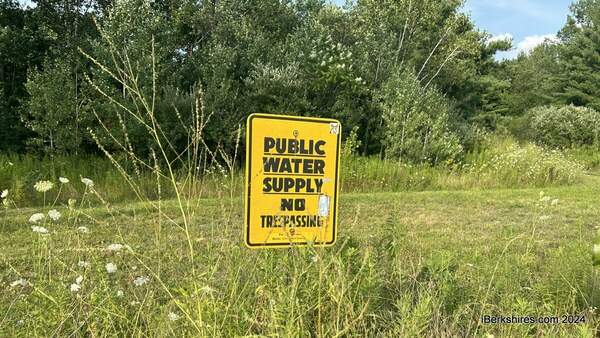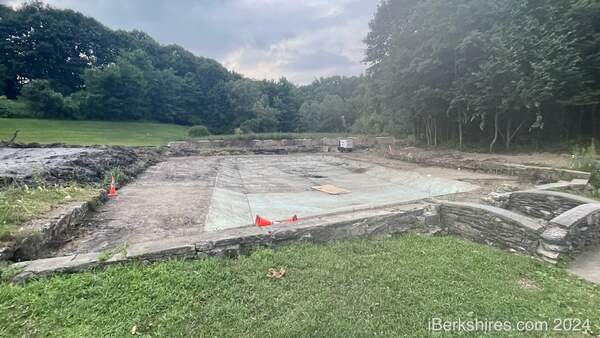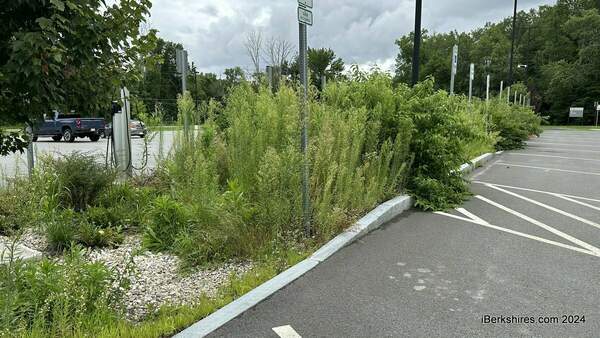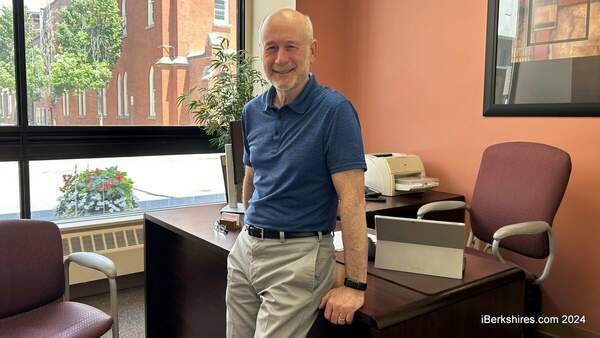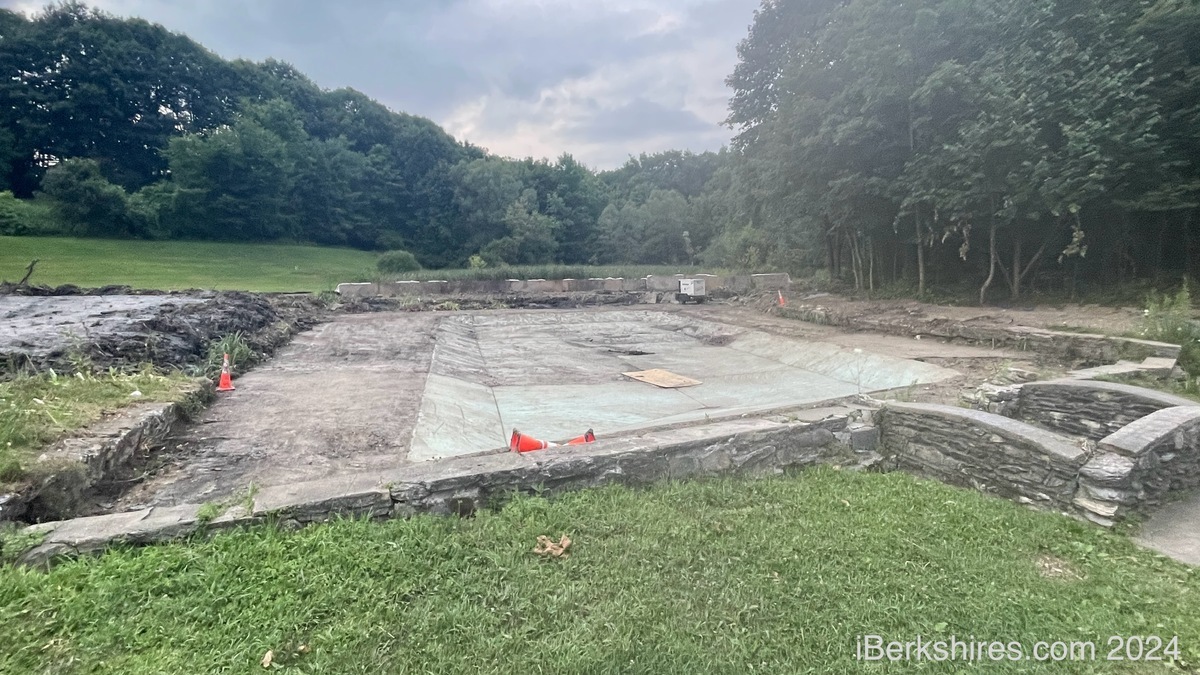
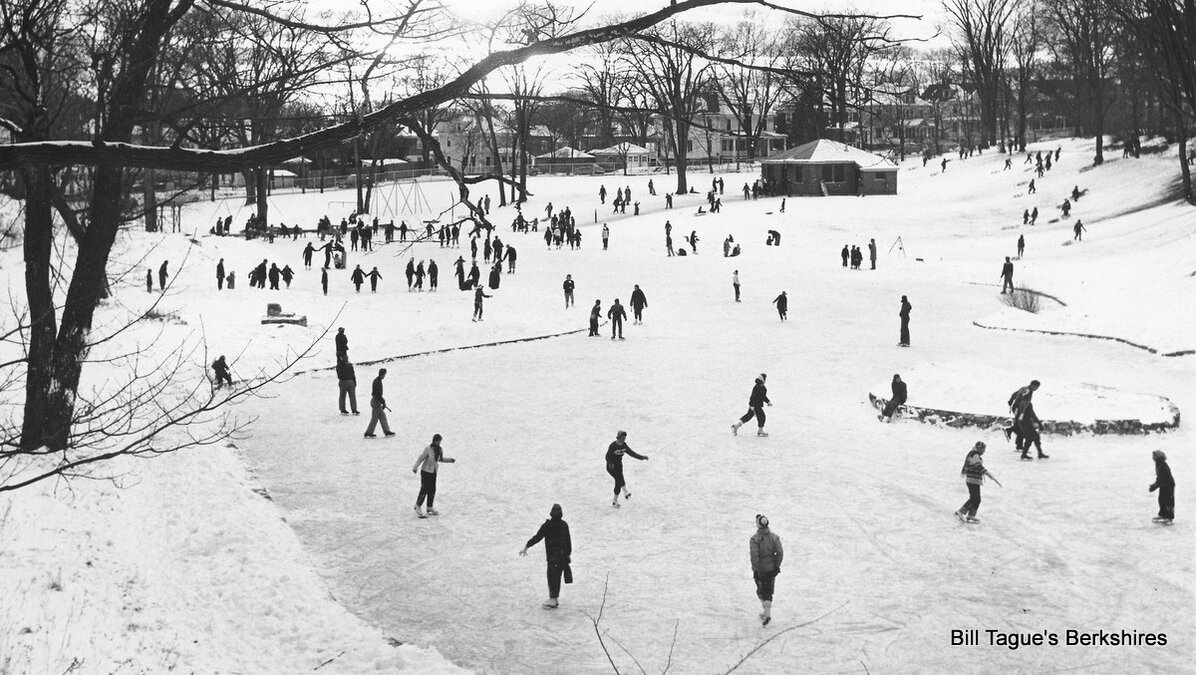
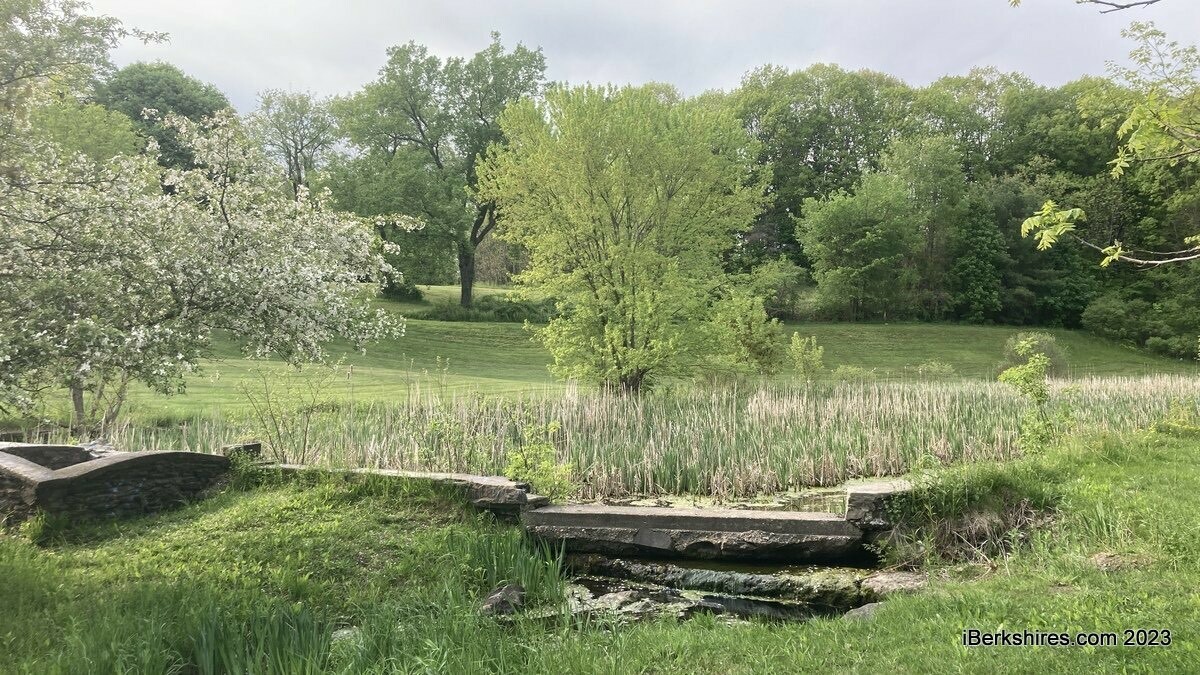
New Springside Pond on the Horizon
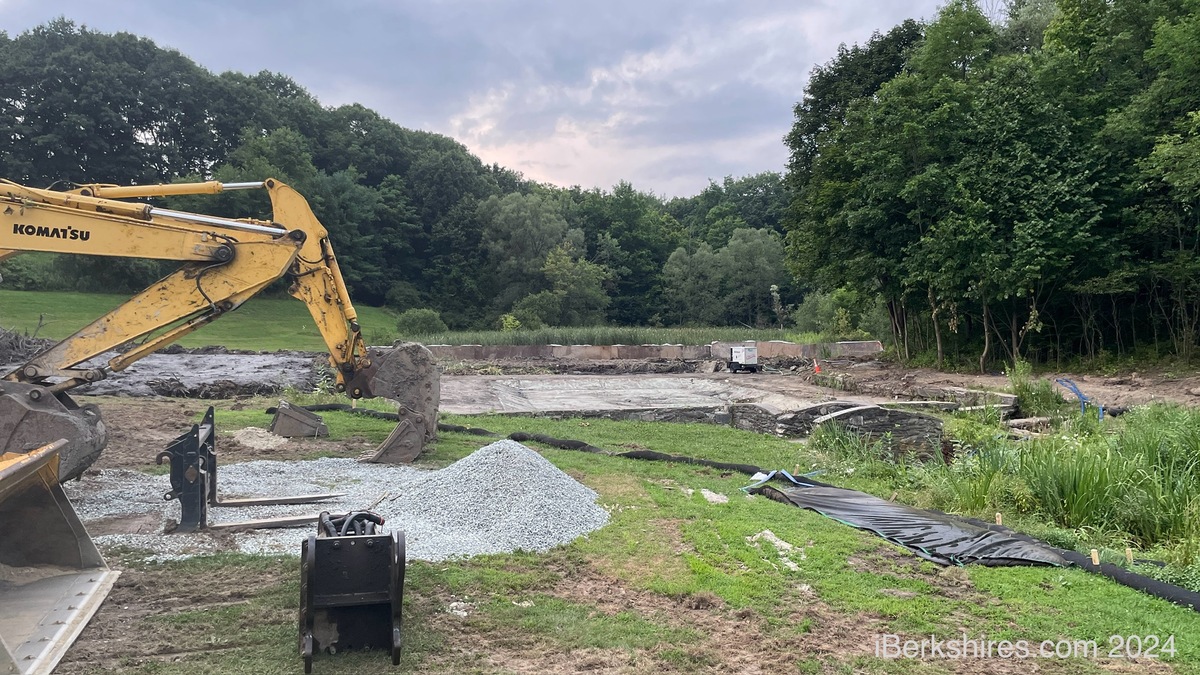
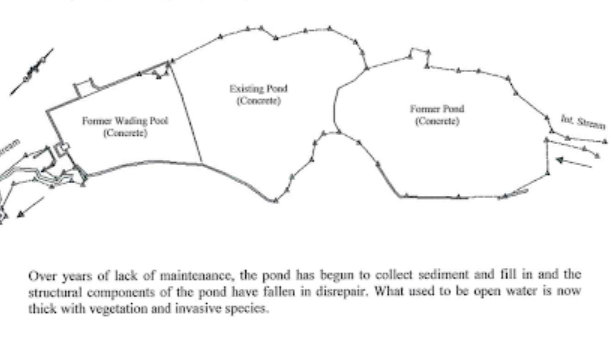
PITTSFIELD, Mass. — The long-awaited rehabilitation of Springside Pond has begun and is expected to wrap up in the fall.
Construction vehicles and piles of materials can be seen on the southern portion of the 237-acre park next to the pavilion. Plans include sediment removal, dam repair, and increased accessibility.
"Really since year 2000, the city has been thinking about the restoration of Springside Pond," Park, Open Space, and Natural Resource Program Manager James McGrath told the Parks Commission last year.
Before McGrath's tenure, the city received a grant from the state's lake and pond program to do a feasibility study that articulated a complete restoration. A handful of years ago, the city began working with SK Design Group on permitting for the project because there were "heavy duty" permits involved due to the thresholds crossed for sediment removal.
The $577,500 cost is covered by American Rescue Plan Act funding and William J. Keller from Castleton-on-Hudson, N.Y., is the contractor. Completion is staged for early October.
The pond is about 35,000 square feet and is fed by an intermittent stream channel that comes from the upland portions of the park. It was created "many years ago" when a stone retaining wall was constructed along a majority of the waterbody, damming the stream so that it could be used for swimming in the summer and as an ice rink in the winter.
These days are long past, as the pond had been neglected for some time.
Before work began, the concrete bottom section that formerly housed a chlorinated wading pool was a far cry from its glory days. After years of lacking maintenance, what used to be open water was replaced with sediment, vegetation, and invasive species. Structural components were also in disrepair.
Currently, the pond is drained and concrete elements that laid beneath the surface for decades can be seen.
McGrath has explained that this portion of the park is not accessible for those with mobility challenges "So we really felt it was an important component to make certain that people can get from the sidewalk on Springside Ave to the pond."
When the pond bottom and bank are completed, a new boardwalk will be installed across the pond with a gazebo and fishing pier for passive recreation. A paved path will lead people to and from the pond along the east side.
There are several components to the restoration, a notice of intent filing from 2019 explains.
About 250 linear feet of stone wall around a portion of the perimeter will be removed and restored and the bank will be graded at a 3:1 slope vegetated with seed mix and plantings. Along the bank will be several areas for viewing and sitting.
A portion of the pond will be restored to open water about 3 to 4 feet deep after the wading pool concrete and sediment are removed. For frost protection, a small retaining wall will be poured along the southern edge of the excavation against the portion of the concrete pond to remain.
The northern portion will remain in its current state to provide a diversity of habitats and the area north of the proposed gazebo will be maintained similar to a sediment pond.
The project includes several resource area alterations: bordering vegetated wetland, bank, land under waterbodies and waterways, and the buffer zone. It required state and federal permits, including a review or permit from the Army Corps of Engineers for work in the waters of the commonwealth, a 401 Water Quality Certification for a dredge of more than 100 cubic yards, and a review from the Massachusetts Historical Commission because Springside Park is on the National Historic Registry.
Tags: Springside Park,

